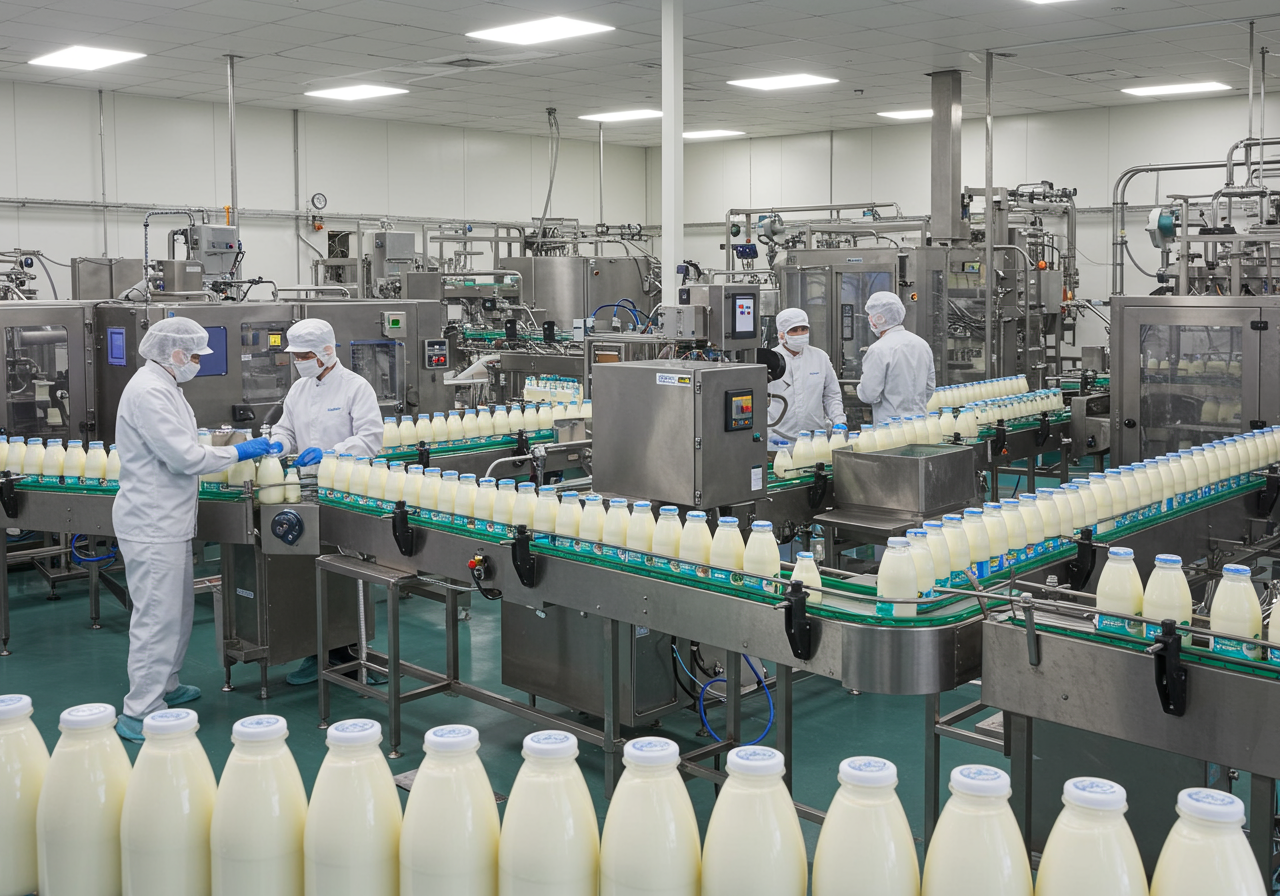Food, Dairy, & Beverage Gaskets / Plates
Get the Right Gasket, Right Plate, Right Now – Your Trusted Source for Heat Exchanger Parts.
Food, Dairy, & Beverage Heat Exchanger Solutions
Overview & Key Applications
PHEs are the workhorses for pasteurization (milk, juice, beer wort), UHT treatment of dairy, beverage chilling, yeast/culture cooling, CIP-heating, and heating sugar syrups or sauces. Their modular plate packs allow capacity adjustments to match shifting production volumes, and quick disassembly for cleaning is crucial to maintain food.
Plate Materials & Hygienic Design
In the Food, Dairy & Beverage sector, plate heat exchangers are built from food-grade stainless steels—typically 304 or 316L—or, when handling acidic juices, titanium, all chosen for their corrosion resistance, hygienic crevice-free profiles, and easy cleanability.
In applications where cross-contamination absolutely cannot occur, double-wall plates (like Alfa Laval’s Gemini or APV’s DuoSafety) or dual-gasket port designs (as offered by GEA/Kelvion) provide built-in leak detection and diversion. And because this industry often deals with viscous fluids or particulates, many plates employ wide-gap or free-flow channel patterns to ensure smooth handling without fouling.
Gasket Material Guide
Picking the right gasket is all about matching temperature, chemical exposure, and cleanability:
EPDM (FDA-grade):
NBR (FDA-grade):
Silicone:
FKM/Viton:
HNBR:
Top Manufacturers & Models
When it comes to spares availability and service backing, these brands lead the pack:
Alfa Laval:
Paul Mueller Company:
Danfoss (SONDEX):
Kelvion:
Tetra Pak:
AGC Heat Transfer:

Make a call
Need help quick? Give us a call!
Contact form
Need a quote? Complete our online form!
